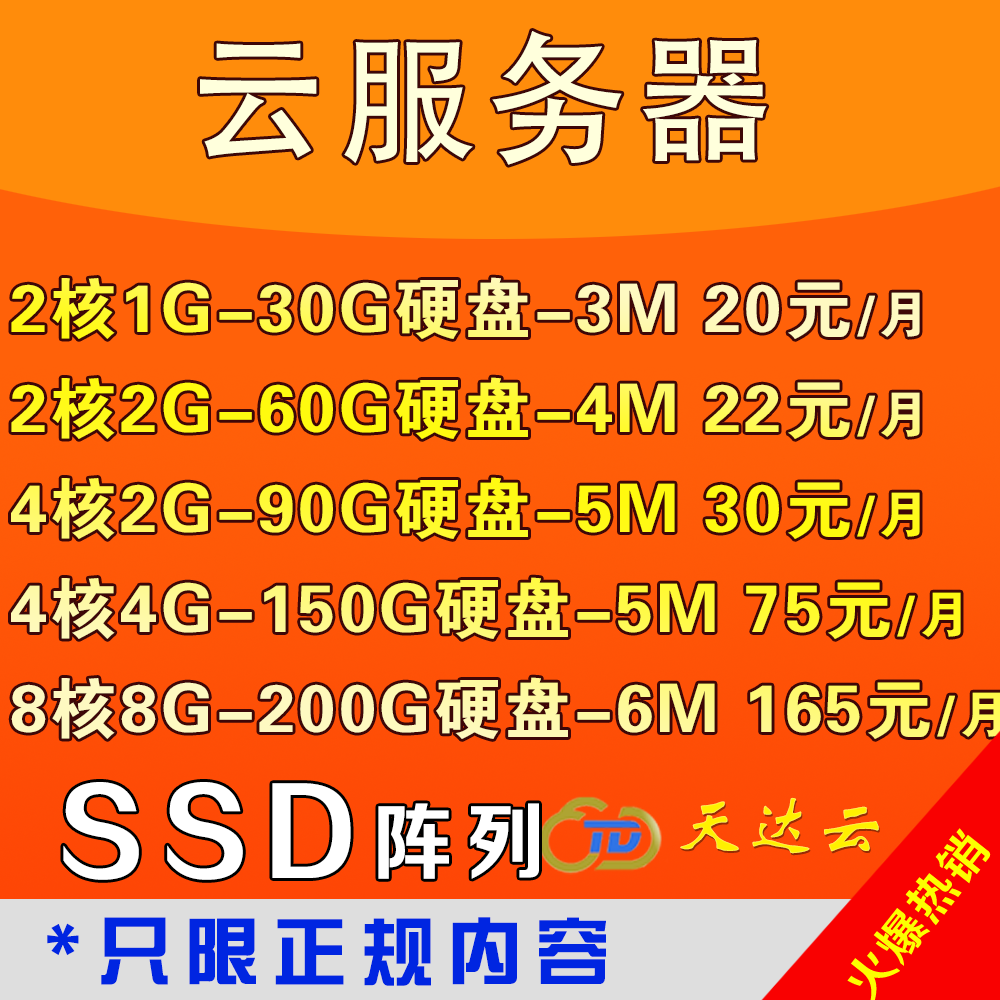如何利用sql语句匹配多行数据的同一个字段
日期:2014-05-18 浏览次数:20751 次
怎么利用sql语句匹配多行数据的同一个字段
基本结构就是这样了.mainTable是主数据表,tagTable是标签信息的数据表,relationTable记录mainTable的所有标签关系,单向的一对多关系.
能否利用sql语句,匹配同时包含某几个tagName的mainId
之前用过上边的sql语句.但是发现mainId检索的只是在relationTable里tagId符合其中任何一个标签的的结果.
比如说:mainId 1 关联标签ABC,mainId 2关联BC.当搜索A,B标签的记过时候,居然显示
mainId 1 A
mainId 1 B
mainId 2 B (mainId 2 也包含B标签)
而需要的结果是,同时包含A B标签的结果.
请问sql语句该怎么修改啊?
------解决方案--------------------
- SQL code
create table mainTable ( mainId int ); create table tagTable ( tagId int, tagName varchar(15) ); create table relationTable ( mainId int, tagId int );
基本结构就是这样了.mainTable是主数据表,tagTable是标签信息的数据表,relationTable记录mainTable的所有标签关系,单向的一对多关系.
能否利用sql语句,匹配同时包含某几个tagName的mainId
- SQL code
select mainId
from relationTable
where tagId in
(
select tagId from tagTable where tagName in ('A','B','C')
)
之前用过上边的sql语句.但是发现mainId检索的只是在relationTable里tagId符合其中任何一个标签的的结果.
比如说:mainId 1 关联标签ABC,mainId 2关联BC.当搜索A,B标签的记过时候,居然显示
mainId 1 A
mainId 1 B
mainId 2 B (mainId 2 也包含B标签)
而需要的结果是,同时包含A B标签的结果.
请问sql语句该怎么修改啊?
------解决方案--------------------
- SQL code
如果你是这么传参数:A,B select mainId from relationTable where charindex(tagId,'A,B,C')>0 如果是这样:AB select mainId from relationTable where charindex(tagId,'ABC')>0 如果是这样:A B select mainId from relationTable where charindex(tagId,'A B C')>0
------解决方案--------------------
- SQL code
create table relationTable ( mainId int, tagId int ); insert into relationTable select 1,1 union all select 1,2 union all select 1,3 union all select 2,1 union all select 2,3 select * from( select mainId from relationTable where tagId=1 union all select mainId from relationTable where tagId=2 union all select mainId from relationTable where tagId=3 ) t group by t.mainId having count(*)=3
------解决方案--------------------
- SQL code
create table relationTable ( mainId int, tagId int ); insert into relationTable select 1,1 union all select 1,2 union all select 1,3 union all select 2,1 union all select 2,3 select * from ( select * from relationTable where tagId= 1) t where exists (select 1 from relationTable a where a.mainId=t.mainId and a.tagId= 2) and exists (select 1 from relationTable b where b.mainId=t.mainId and b.tagId= 3)
------解决方案--------------------
我上面是按照三个标签来判断
按照你的要求可以更改为如下:
- SQL code
create table mainTable
(
mainId int
);
create table tagTable
(
tagId int,
tagName varchar(15)
);
create table relationTable
(
mainId int,
tagId int
);
--3条主数据
insert into mainTable values(1);
insert into mainTable values(2);
insert into mainTable values(3);
--3个标签 1,2,3是自增主键
insert into tagTable values(1,'tag1');
insert into tagTable values(2,'tag2');
insert into tagTable values(3,'tag3');
--关系表,根据主数据id和标签id,确定主数据包含哪几个标签.
--mainId 为1的数据 包含 tagId 1,2,3 三个标签.
--mainId 为2的数据包含 tagId 2,3 两个标签
insert into relationTable values(1,1);
insert into relationTable values(1,2);
insert into relationTable values(1,3);
insert into relationTable values(2,2);
insert into relationTable values(2,3);
--方法一:通过数量来判断
select mainId from
(
select distinct t.mainId from mainTable t , relationTable m , tagTable n where t.mainId = m.mainId and m.tagId = n.tagId and tagName = 'tag1'
union all
select distinct t.mainId from mainTable t , relationTable m , tagTable n where t.mainId = m.mainId and m.tagId = n.tagId and tagName = 'tag2'
) t group by mainId having count(1) = 2
/*
mainId
-----------
1
(所影响的行数为 1 行)
*/
--方法二:通过数量存在值来判断
select t.* from mainTable t where
exists(select 1 from relationTable m , tagTable n where t.mainId = m.mainId and m.tagId = n.tagId and tagName = 'tag1') and
exists(select 1 from relationTable m , tagTable n where t.mainId = m.mainId and m.tagId = n.tagId and tagName = 'tag2')
/*
mainId
-----------
1
(所影响的行数为 1 行)
*/
drop table main
免责声明: 本文仅代表作者个人观点,与爱易网无关。其原创性以及文中陈述文字和内容未经本站证实,对本文以及其中全部或者部分内容、文字的真实性、完整性、及时性本站不作任何保证或承诺,请读者仅作参考,并请自行核实相关内容。
